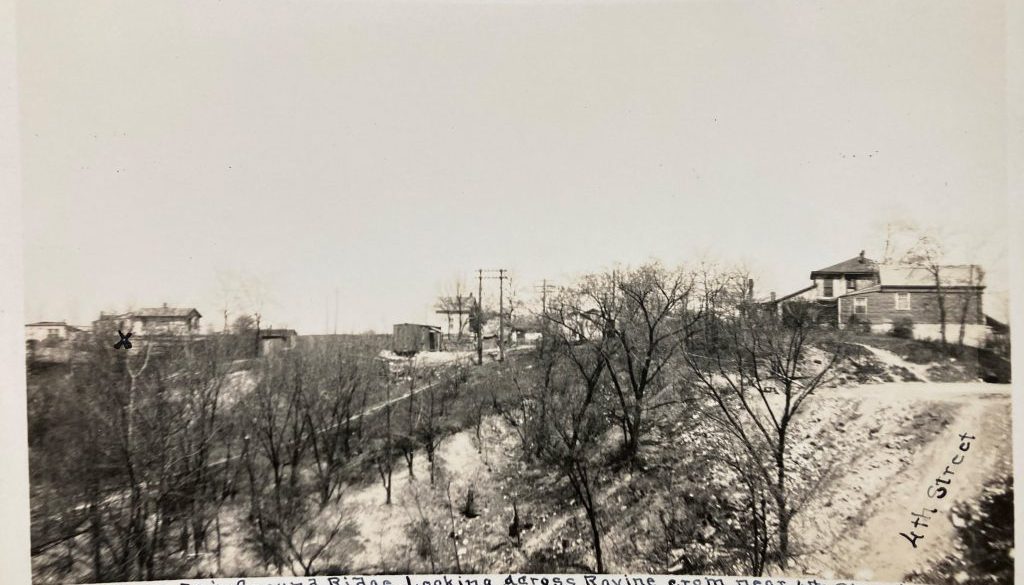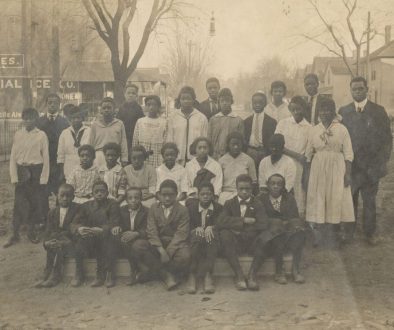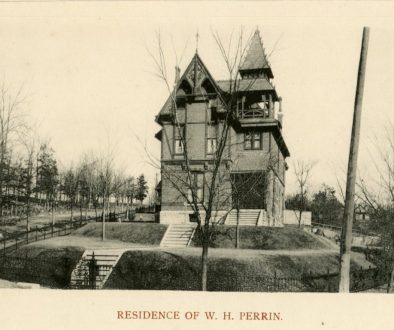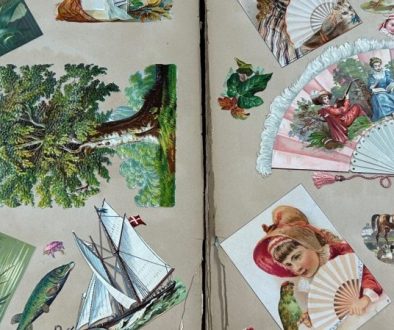Indiana’s Second State Fair
In 1936, Tippecanoe County physician and historian, William M. Reser, wrote about the second state fair held in Indiana for the Indiana Magazine of History. Why would he research this topic? This 2nd state fair was held in Tippecanoe County!
Held in October, 1853, the 2nd Indiana State Fair was held in Lafayette. It was part of a growing national trend to hold assemblies to celebrate agriculture and share new and emerging agricultural practices. The first state fair in Indiana had been held in Indianapolis and the third would be held in Madison. The fair would move around the state briefly before settling on permanent grounds in Indianapolis. Lafayette was chosen as the second site for the fair largely due to the availability of multiple forms of transportation, including Wabash River steamboats, Wabash and Erie Canal boats and railroads.
The Tippecanoe County Agricultural Society identified four potential sites for the fair, all meeting the requirements set by the State Board of Agriculture. Of these, the land of W. K. Rochester was chosen. Reser describes it as, “an elevated table-land of thirty acres or more, bounded by a ravine on the south, what is now Washington Street on the west, Kossuth Street on the north, and the ‘Circle’ of Highland Park addition on the east.”
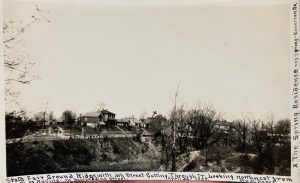
Reser found that the population of Lafayette swelled from 10,000 to 60,000 during state fair. The hotels were beyond capacity and many citizens opened their homes to friends or boarders. Even the local masonic lodges and clubs opened their meeting halls to boarders. The transportation hubs that had made Lafayette such an attractive location for the fair were overwhelmed with the influx of passengers and hardly able to accommodate the increased traffic.
In 1853, science was beginning to make a big impact in agriculture. So much so, that the closing speech of the fair, given by Horace Greeley of the New York Tribune, would focus on the importance of science being used by every farmer. At this time, the Morril Act (1862) and the founding of Purdue University were still more than a decade away. However, the enthusiasm for agricultural education and the incorporation of scientific methods no doubt remained with many local farmers and businessmen who would later help bring the university to Tippecanoe County.
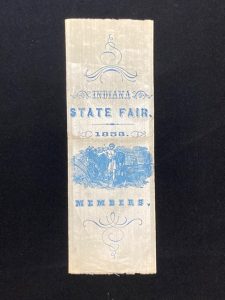
In 1935, Dr. William M. Reser took photographs of the site where the state fair was held. These images are in the archives of the Tippecanoe County Historical Association.
To read William Reser’s full article for free, visit Indiana University’s online archive of the Indiana Magazine of History:
https://scholarworks.iu.edu/journals/index.php/imh/article/view/6867/7448

